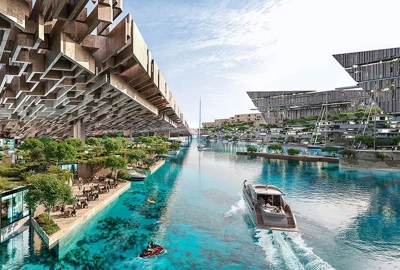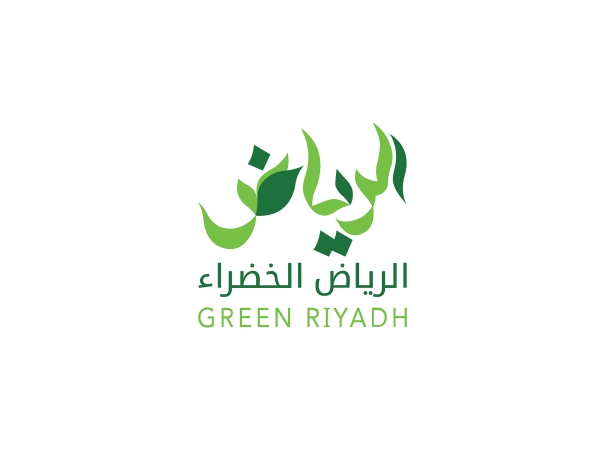
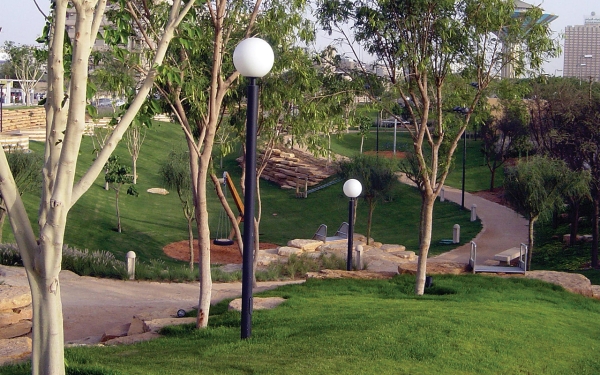
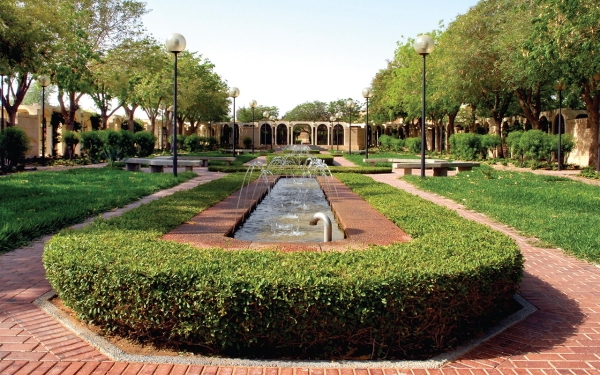

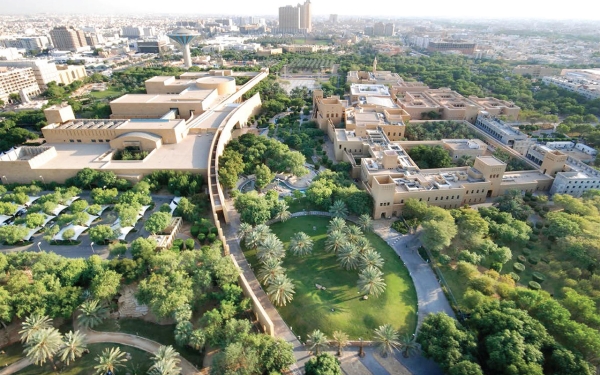
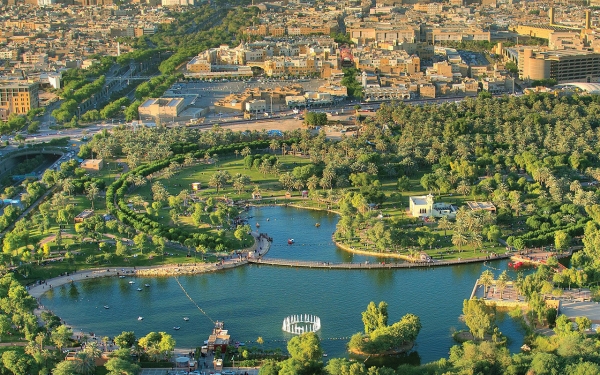
Green Riyadh Project is one of the largest urban afforestation projects in the world, and one of the four major Riyadh projects launched by the Custodian of the Two Holy Mosques, King Salman Bin Abdulaziz on March 19, 2019, at the initiative of His Royal Highness Prince Mohammed Bin Salman Bin Abdulaziz Al Saud, crown prince and prime minister. Its goal was to achieve the Saudi Vision 2030 target of raising Riyadh's ranking globally by planting more than 7.5 million trees to increase the per capita share of green spaces in the city of Riyadh from 1.7 m to 28 m, equivalent to sixteen times its current coverage. Moreover, the project seeks to increase total green spaces in the city from 1.5 percent to 9 percent, which will improve the quality of life in Riyadh.
Green Riyadh Project aims to enhance the urban environment of Riyadh City by planting more than 16,400 linear km of roads and streets, developing forty-three public parks, rehabilitating and planting valleys and their tributaries, planting 3,330 neighborhood gardens, building 1,100 km linear of green belts, as well as nine thousand mosques, six thousand schools, 390 health facilities, 1,670 public facilities, two thousand car parking sites, in addition to constructing shaded sidewalks to encourage healthy movement patterns among city residents. These objectives will allow easy access between neighborhood elements and the public transportation network, which will enhance the social and sports aspects, as well as strolling in the city of Riyadh.
Benefits of the Green Riyadh Project
The benefits of the Green Riyadh Project lie in its positive impact on the climate of Riyadh City and its ability to improve the quality of life. Some of the most prominent benefits are:
- Reducing temperatures by 1.5-2 degrees Celsius in the city and by 8-15 degrees Celsius in intensively afforested locations.
- Improving the air quality by reducing carbon dioxide (CO2) levels by 3-6 percent, increasing oxygen (O2) levels, and reducing dust concentration in the air.
- Reducing power consumption by 650 GWh, which is equivalent to 1.1 million barrels of oil annually, by encouraging the principles of Green Building techniques that use green ceilings and walls.
- Improving readiness for handling rainwater in green areas, and minimizing flood hazards.
- Improving the city’s quality of life indicators, and promoting its position among other top cities in the world.
Executive plan for the Green Riyadh Project
The project seeks to plant more than 7.5 million trees by 2030 to cover all the city’s neighborhoods and its various elements. It will also recycle renewable water from treated wastewater to increase its use for irrigation purposes by 100 percent through the establishment of new networks in the city with a total length of 1,350 km. Moreover, a center of excellence, which involves tree production, will be developed, in addition to a seed bank, a center, and laboratories to train and qualify local nurseries, and will use seventy-two selected tree types compatible with Riyadh’s environment.
Related quizzes
Related articles


